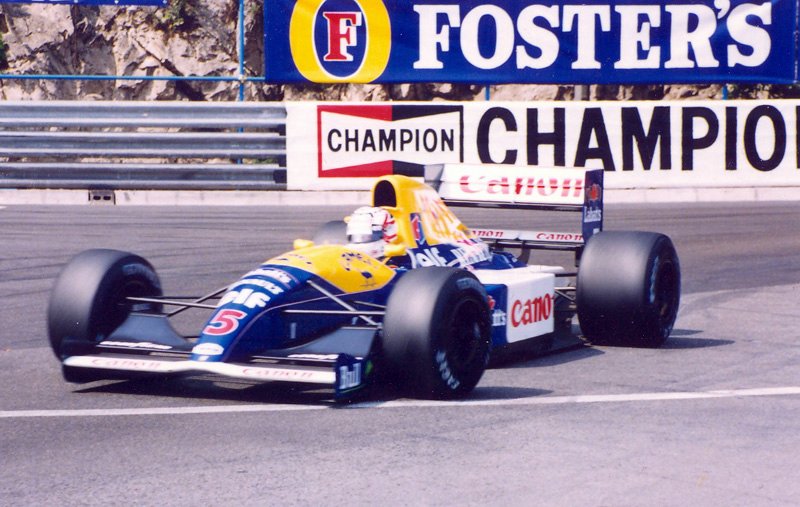The Wildest Finishes In F1 History
Formula One is pretty much as exciting as it gets when it comes to motorsports. With over 1,000 races to look back on, there have been many jaw-dropping moments. But these wild finishes were beyond any other moments in F1 history—taking unforgettable to the next level.
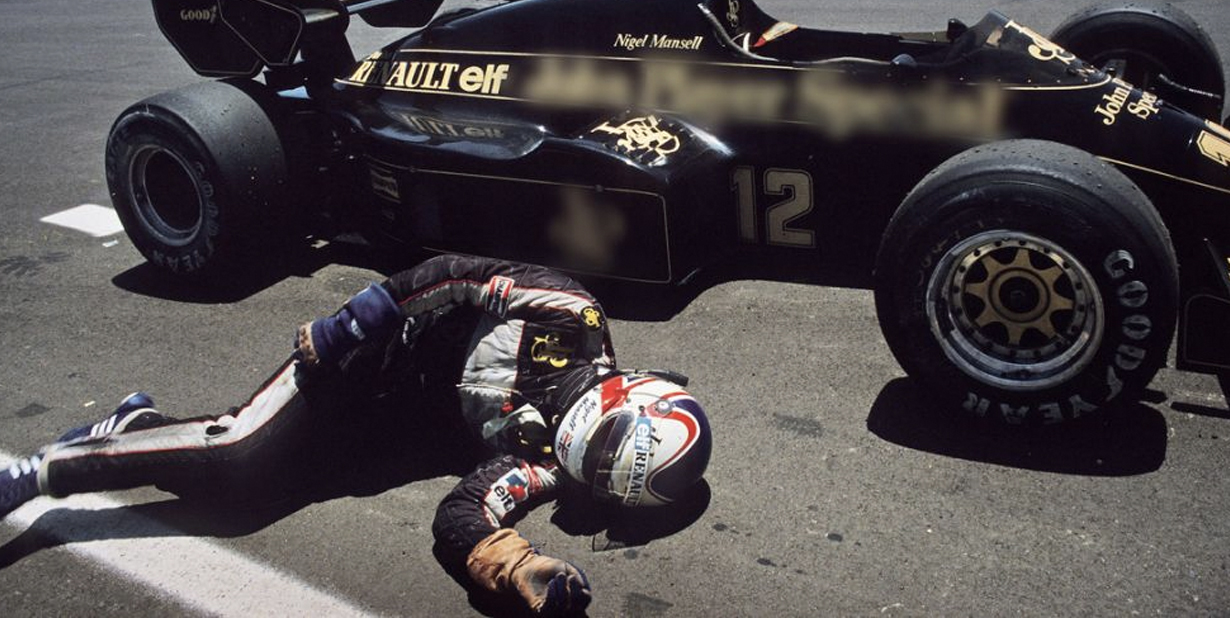 1985 San Marino Grand Prix
1985 San Marino Grand Prix
The 1985 edition of the San Marino Grand Prix was a grueling one for drivers, who kept the pace even more breakneck than usual. This caused problems with regards to fuel consumption—problems which even struck the normally-unstoppable Ayrton Senna, who was passed on the 57th lap by Stefan Johansson.
And he wasn’t the only one affected by the conditions of the race.
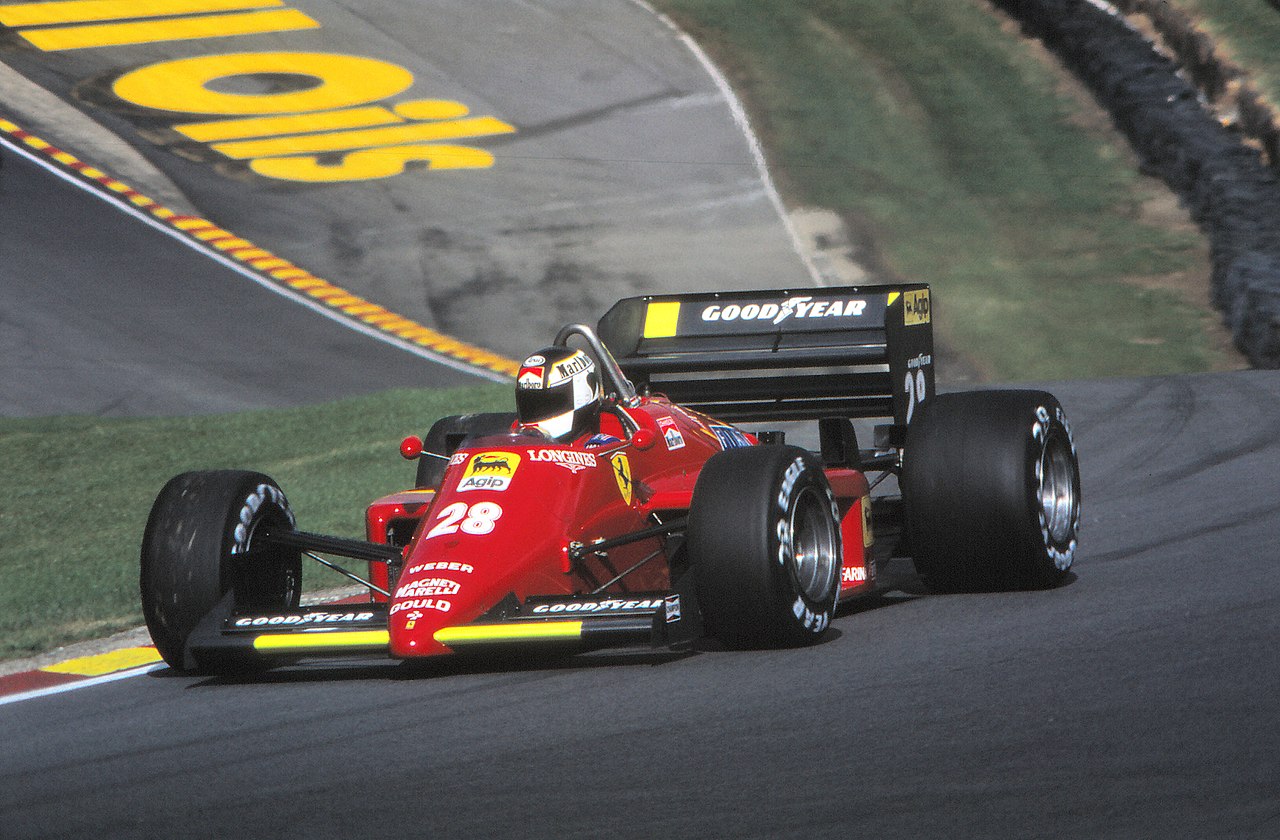 Jerry Lewis-Evans, CC BY-SA 2.0, Wikimedia Commons
Jerry Lewis-Evans, CC BY-SA 2.0, Wikimedia Commons
1985 San Marino Grand Prix (cont’d)
Johansson’s lead didn’t last for long, as he also ran dry. That left Alain Prost in the lead, who handily passed the checkered flag…only for his car to also stop in its tracks—meaning he was just seconds away from losing the race. The car in third, driven by Thierry Boutsen, ran out of fuel close to the finish line, so he got out and pushed it across the finish line—an appropriately screwball finish to a madcap race.
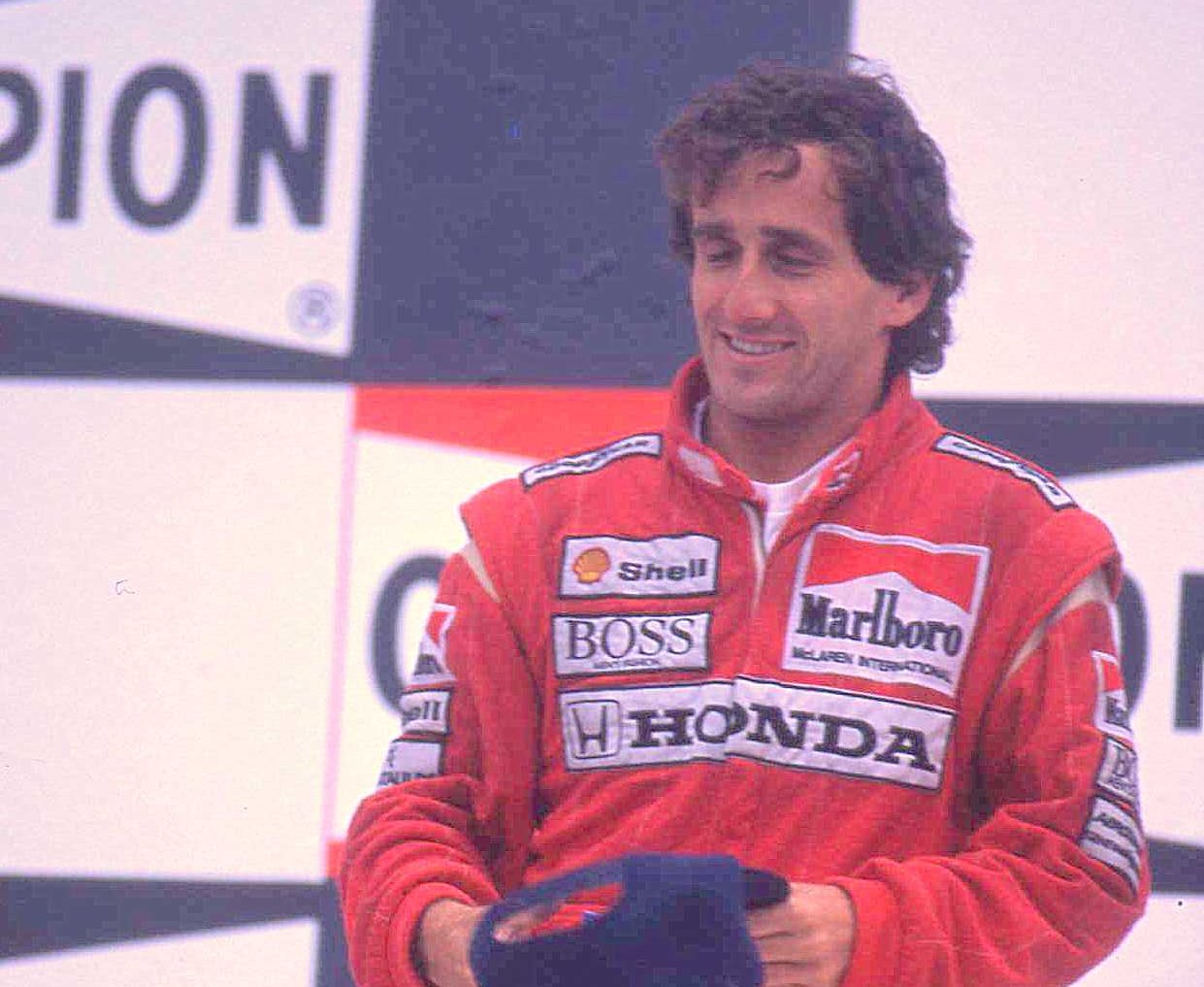 madagascarica, CC BY 2.0, Wikimedia Commons
madagascarica, CC BY 2.0, Wikimedia Commons
2003 Brazilian Grand Prix
Early in the race, on the seventh lap, Giancarlo Fisichella entered the pits for a refuel and tires. People thought it was a strange choice—but little did they know, the Jordan team had a plan. It was an incredibly risky one, but it paid off.
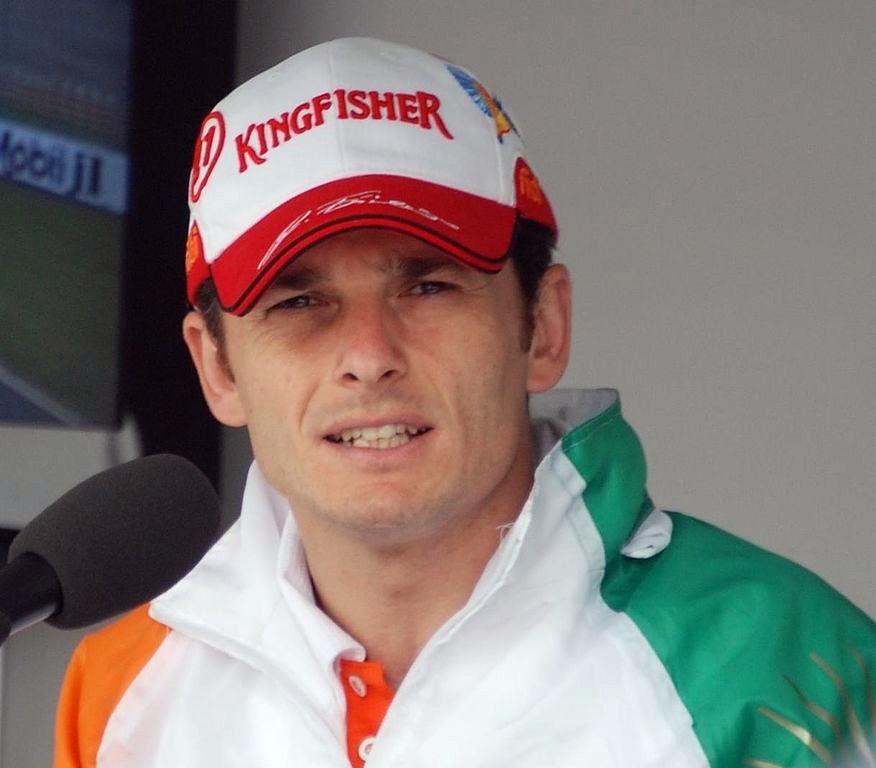 Ann64, CC BY-SA 2.0, Wikimedia Commons
Ann64, CC BY-SA 2.0, Wikimedia Commons
2003 Brazilian Grand Prix (cont’d)
During the pit stop, Fisichella’s tank was filled to a level that would get him 75% through the race. They were betting that the race would end early. They were playing with fire, but they also knew the track. There was a crash from Mark Webber, and the debris ended up taking out Fernando Alonso, stopping the race. But the Jordan team got more than they bargained for.
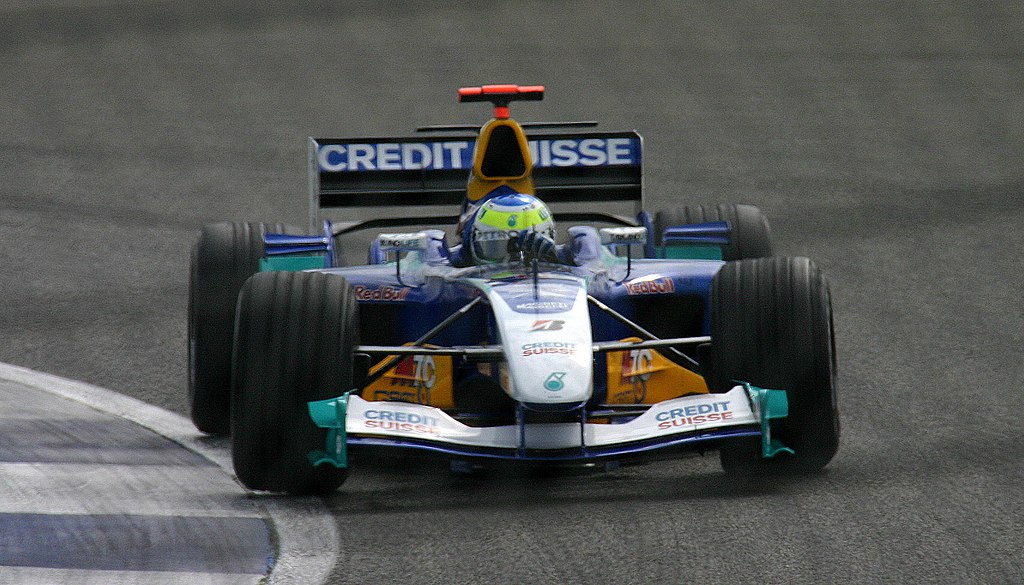 Martin Lee, CC BY-SA 2.0, Wikimedia Commons
Martin Lee, CC BY-SA 2.0, Wikimedia Commons
2003 Brazilian Grand Prix (cont’d)
The race officials counted back to lap 53, giving Kimi Raikkonen the win, even though Fisichella had completed 55 laps. After six days of deliberations, they realized it should’ve been counted back to 54, which meant that Fisichella and the Jordan team had actually won.
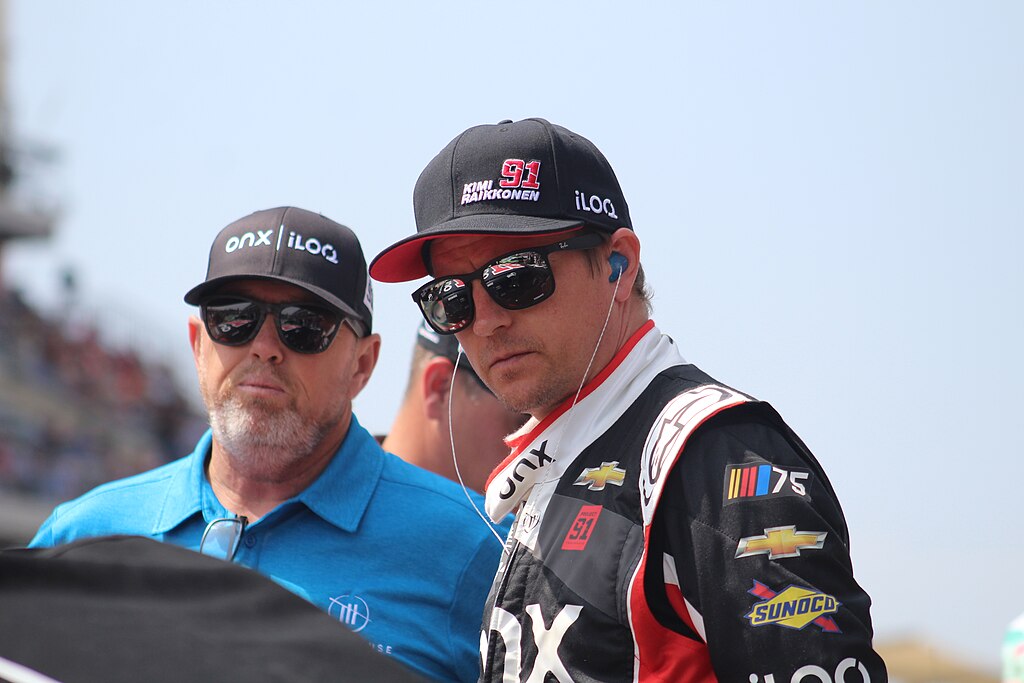 Zach Catanzareti, CC BY 2.0, Wikimedia Commons
Zach Catanzareti, CC BY 2.0, Wikimedia Commons
1967 Italian Grand Prix
This edition of the Italian Grand Prix at the iconic Monza Circuit was highly-anticipated—and for F1 fans, the wait paid off. As the race wore on, the notorious track took out some competitors’ engines, but Jim Clark was steadily leading the pack. It looked like a slam dunk…until the unthinkable happened.
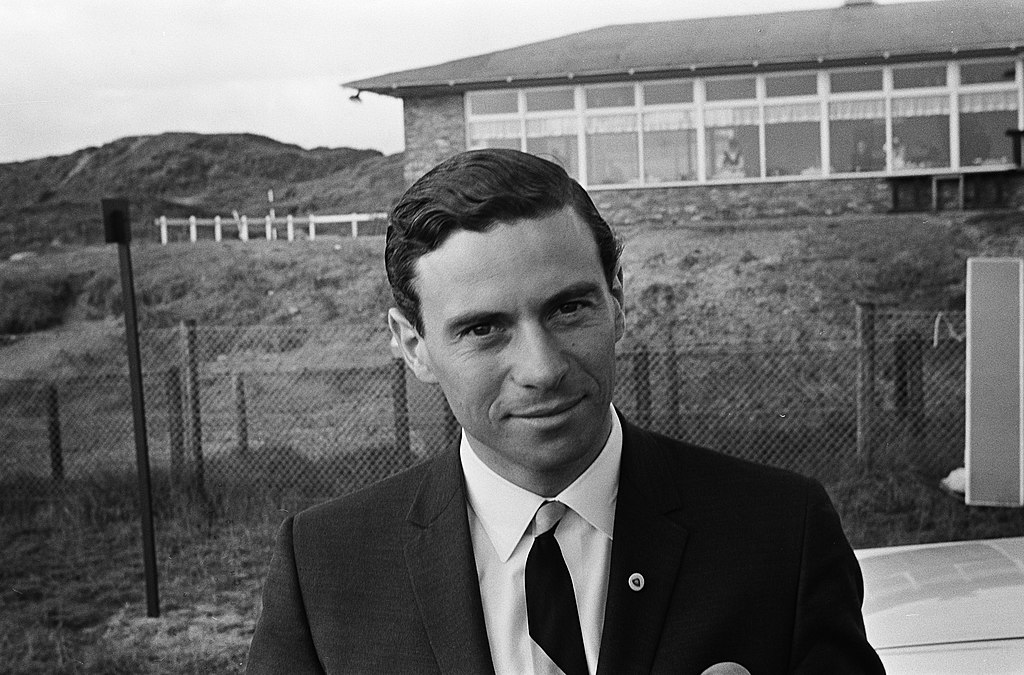 Fotograaf Onbekend, CC0, Wikimedia Commons
Fotograaf Onbekend, CC0, Wikimedia Commons
1967 Italian Grand Prix (cont’d)
A tire puncture lost Clark and the Lotus team the lead—but he proved you can’t keep a good man down and fought his way back to the top. But when man makes plans, God laughs. On the final lap, his fuel pump gave out, giving John Surtees the chance to blow past him. It was a surprise win for Honda, and one that wasn’t repeated for nearly four decades.
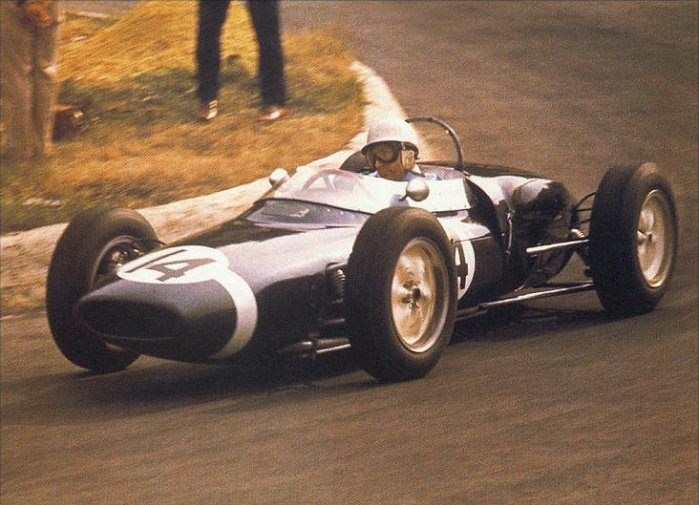 Unknown Artist, Wikimedia Commons
Unknown Artist, Wikimedia Commons
1959 US Grand Prix
The 1959 US Grand Prix was the only race to take place at Sebring Raceway in Florida, and it was chock full of drama—some, even before the race began. In a surprise during qualifying, Harry Schell came in third, and his times didn’t add up. Later, it came out that Schell had found a shortcut which had cut six seconds off his time. And, as expected, the drama continued after the race started.
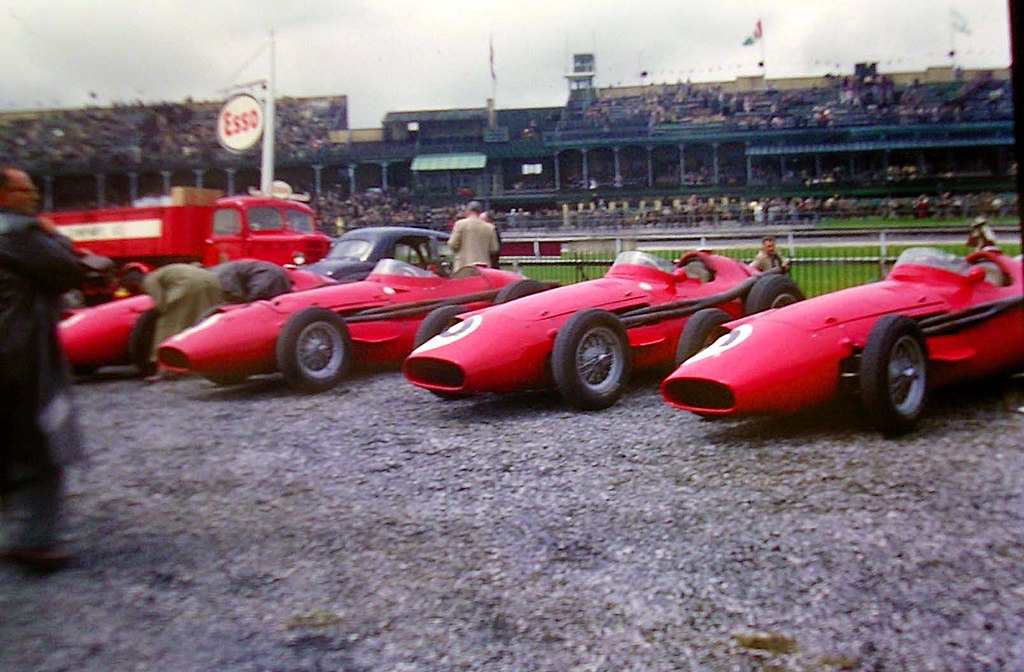 Terry Whalebone, CC BY 2.0, Wikimedia Commons
Terry Whalebone, CC BY 2.0, Wikimedia Commons
1959 US Grand Prix (cont’d)
By the fifth lap, three cars had already pulled out. By the time the race was half over, nine out of 19 were out. Jack Brabham led the race, with Cooper teammate Bruce McLaren not far behind. And then, so close to the finish, he ran out of fuel. Brabham frantically waved at McLaren to go ahead of him—but he wasn’t done yet.
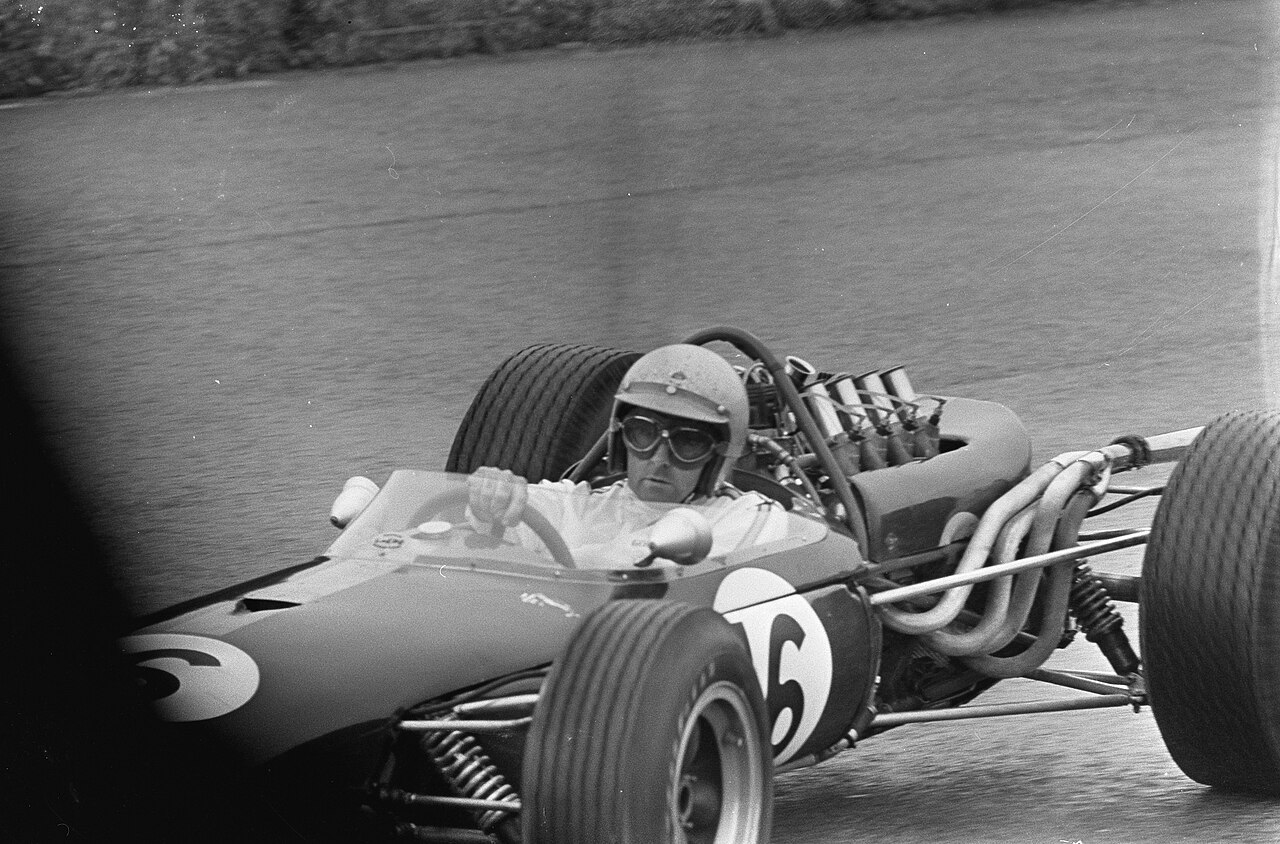 Eric Koch, CC0, Wikimedia Commons
Eric Koch, CC0, Wikimedia Commons
1959 US Grand Prix (cont’d)
Brabham still had a chance to be world champion—but he had to finish fourth. Left with no other choice, he got out of his car and pushed the whole thing across the finish line, clinching his title at Formula One World Champion.
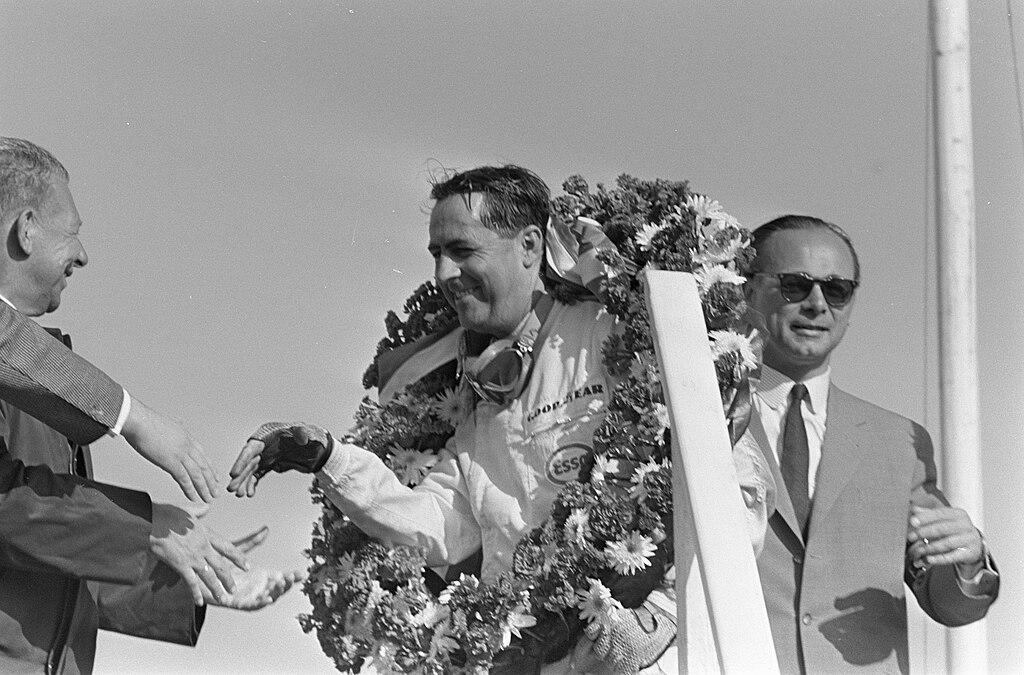 Eric Koch, CC0, Wikimedia Commons
Eric Koch, CC0, Wikimedia Commons
2002 Austrian Grand Prix
For many fans of the sport who also happened to not be particularly fond of Ferrari, the Schumacher era made for a hard watch. His dominance was impressive, but could also get monotonous at times—so imagine how Rubens Barrichello felt when he was in the lead for most of the race, only to be asked to let Schumacher ahead by the team’s brass.
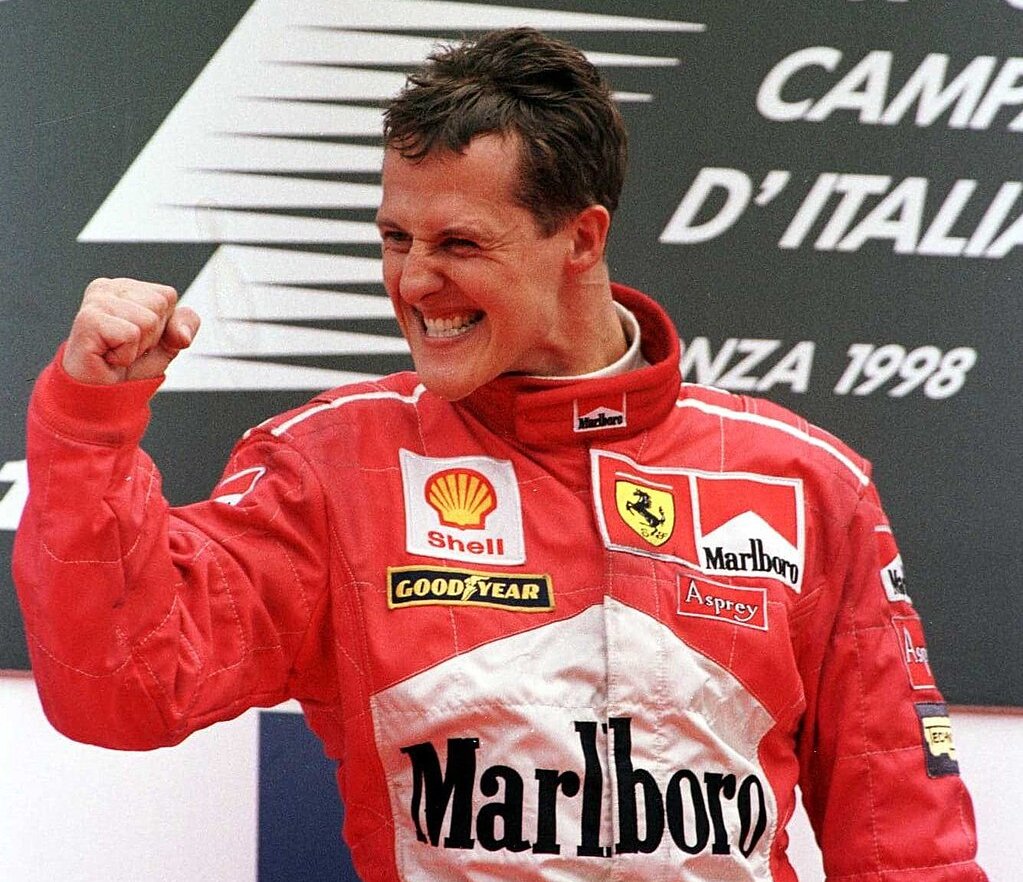 Michael Cooper, CC0, Wikimedia Commons
Michael Cooper, CC0, Wikimedia Commons
2002 Austrian Grand Prix (cont’d)
Barrichello was understandably miffed by the request, and protested before ultimately agreeing to go along with it—but he showed his displeasure by staying close behind Schumacher. How close? He finished 0.182 seconds after his teammate. F1 brass were even more offended by the whole fiasco, and handed down a fine to Ferrari, but the drama didn’t end there.
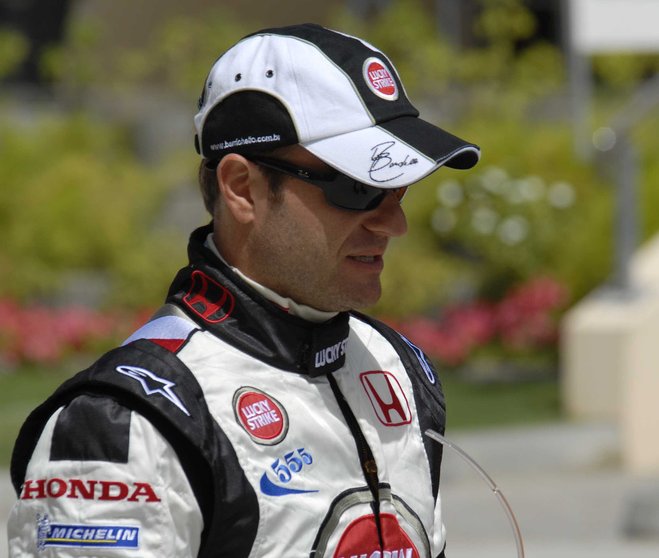 Phillip Asbury, CC BY 2.0, Wikimedia Commons
Phillip Asbury, CC BY 2.0, Wikimedia Commons
2002 Austrian Grand Prix (cont’d)
When it came time for the podium ceremony, Schumacher’s reaction was unexpected. He insisted that Barrichello take the #1 spot and even handed him the trophy. Ultimately, the whole sequence of events led the FIA to ban team order in future races, though not all teams went along with it.
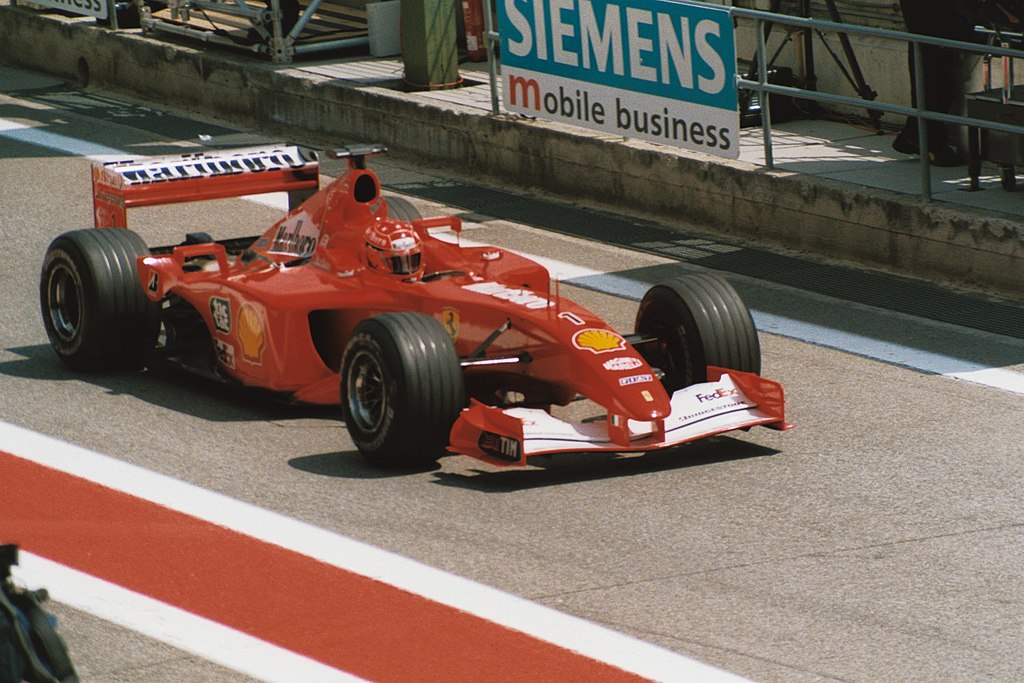 Peter Wright, CC BY-SA 2.0, Wikimedia Commons
Peter Wright, CC BY-SA 2.0, Wikimedia Commons
1998 British Grand Prix
So how did Michael Schumacher get so many haters during his period of dominance in F1? Well…to make a long story short, his and his team’s behavior in a lot of races. One such race was the 1998 British Grand Prix. Schumacher was given a penalty during the 43rd lap, but it wasn’t clear whether it was just time added or a stop and go. And so, he just kept on driving…
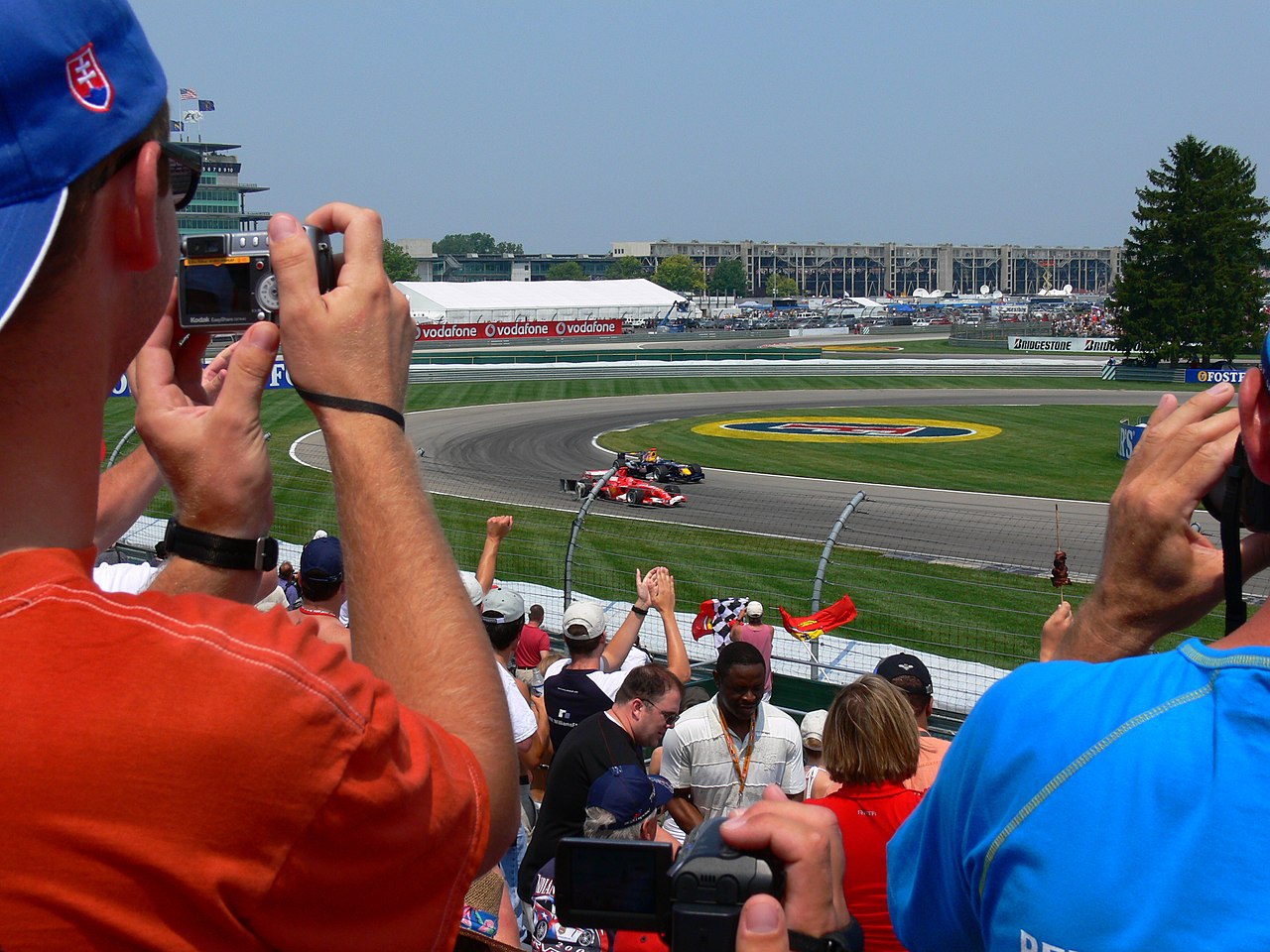 Ryosuke Yagi, CC BY 2.0, Wikimedia Commons
Ryosuke Yagi, CC BY 2.0, Wikimedia Commons
1998 British Grand Prix (cont’d)
During the final lap, Schumacher pulled into the pit to serve the penalty, which meant that he crossed the finish line first in the pit lane. People were furious, with many claiming he did it as a way to avoid the penalty, thereby stealing the race. Ultimately, it was a matter of miscommunication from race officials, who later rescinded the penalty.
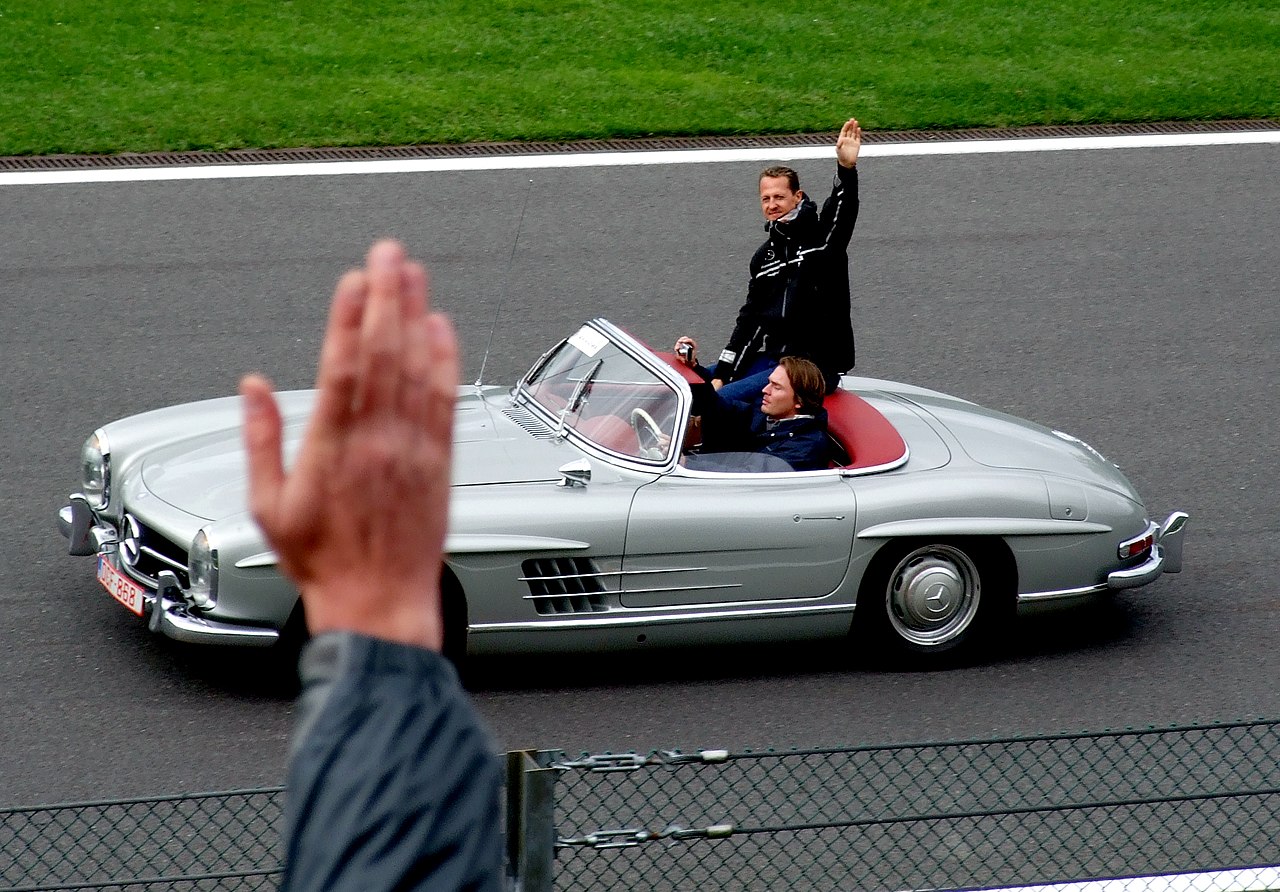 Nic Redhead, CC BY-SA 2.0, Wikimedia Commons
Nic Redhead, CC BY-SA 2.0, Wikimedia Commons
2018 Canadian Grand Prix
Considering how many mistakes made by race officials have made this list, one would think they'd be a little more on top of things, but even as recently as 2018 they were making some pretty embarrassing blunders. That year, Sebastian Vettel was about to enter his final lap in the lead when he spotted the checkered flag.
Confused, Vettel went with it—only finding out the truth when he stopped.
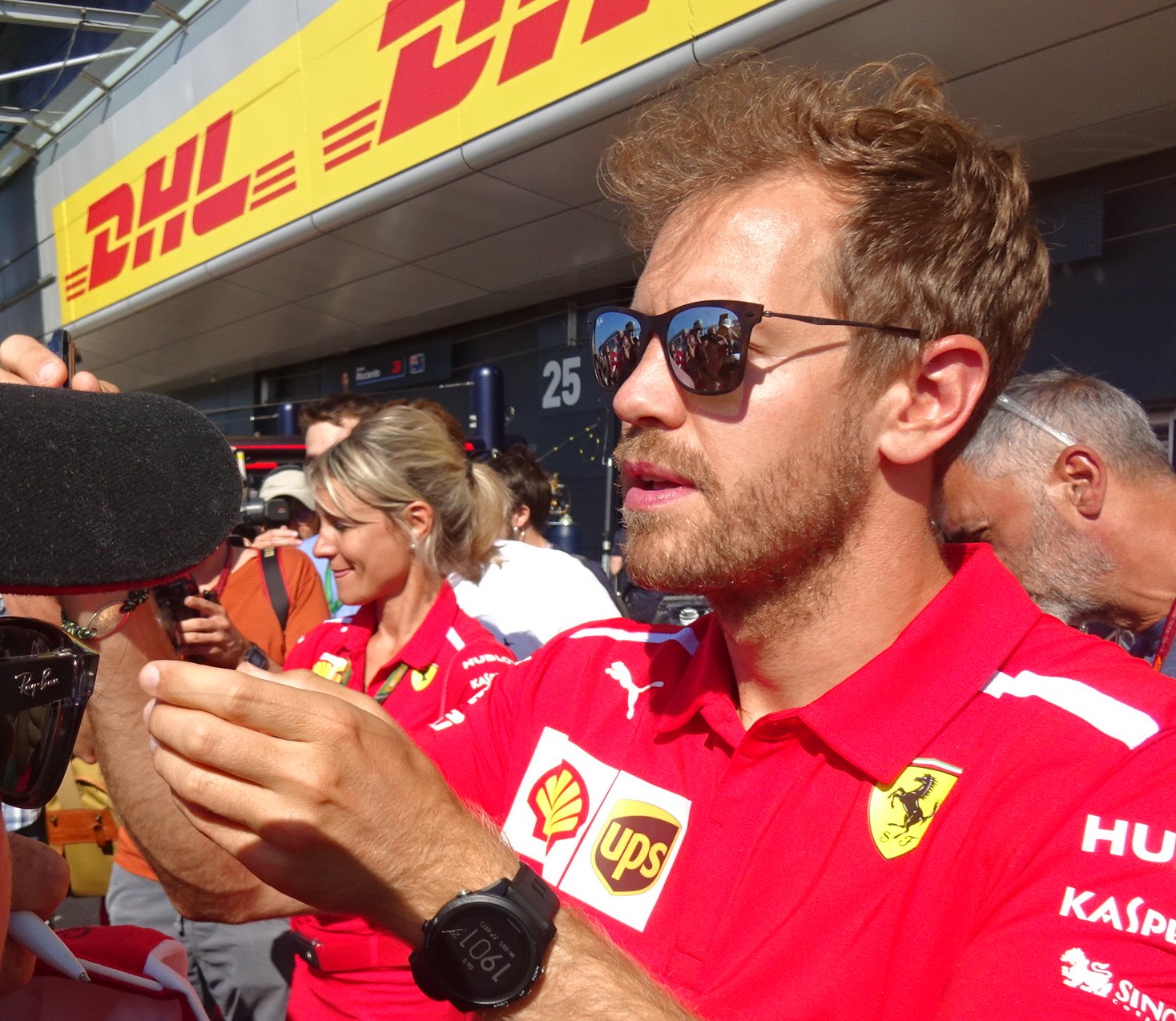 Engyles, CC BY 2.0, Wikimedia Commons
Engyles, CC BY 2.0, Wikimedia Commons
2018 Canadian Grand Prix (cont’d)
Canadian model Winnie Harlow had been the one waving the flag, so the blame was immediately placed on her—but eventually, the truth came out. Race officials had miscounted the laps and signaled her to wave the flag one lap early. Yikes.
 Georges Biard, CC BY-SA 4.0, Wikimedia Commons
Georges Biard, CC BY-SA 4.0, Wikimedia Commons
1994 Dallas Grand Prix
Dallas? Yes, you read that right. There was one—just one—Grand Prix that took place in Dallas, though we’re sure the Texas oilmen financing the race hoped it would be an annual event. However, pretty much everything that happened during the 1994 race ensured that F1 wouldn’t return to the Big D—including its harrowing culmination.
 Lateapex, CC BY-SA 3.0, Wikimedia Commons
Lateapex, CC BY-SA 3.0, Wikimedia Commons
1994 Dallas Grand Prix (cont’d)
The Dallas Grand Prix was doomed from the start. Why? Well, for one, the race took place in July, when the temperatures averaged in the mid-80s. 25 cars started, but quickly started dropping out as the sun beat down on the track and tires, engines, and everything else that possibly could fail, failed. The group soon whittled down to less than 10, with Nigel Mansell fighting hard to cross the finish line. And then his gearbox gave out.
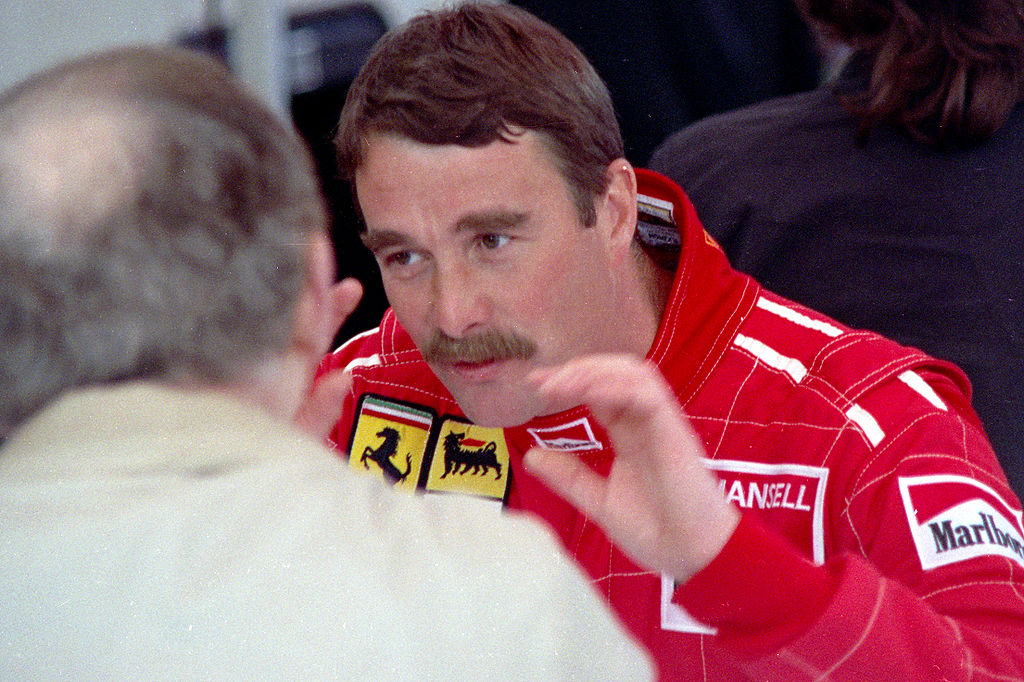 Stuart Seeger, CC BY 2.0, Wikimedia Commons
Stuart Seeger, CC BY 2.0, Wikimedia Commons
1994 Dallas Grand Prix (cont’d)
Determined to keep going, Mansell got out and attempted to push his Lotus 95-T Renault to the finish line—but he was in way over his head. Still clad in his helmet and racing suit, he fainted from heat exhaustion and never crossed the finish line. The next year, the corporation that organized the race filed for bankruptcy.


